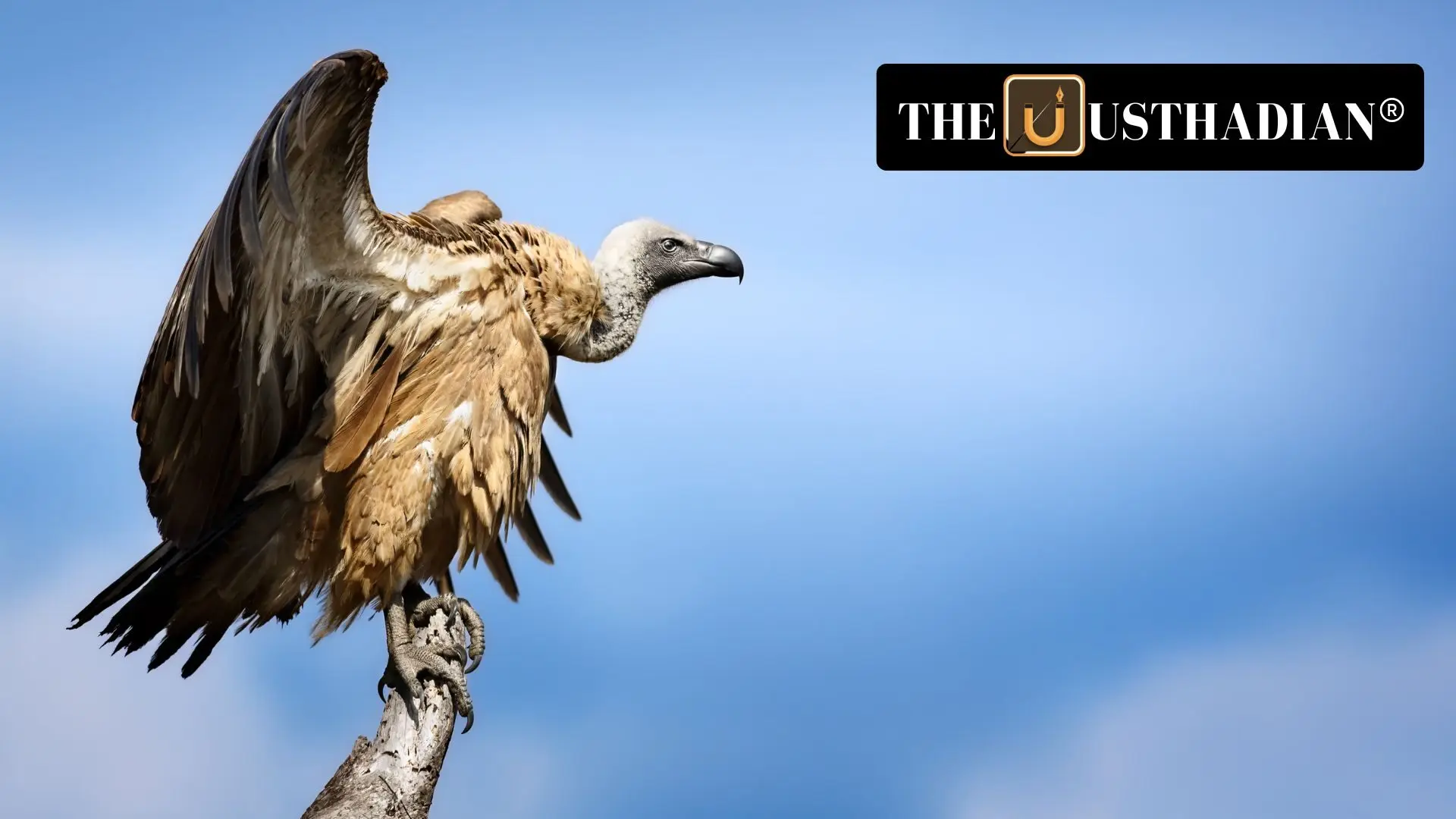Rediscovery Marks Conservation Milestone
Cape Vultures Make a Triumphant Return to Eastern Cape After 30-Year Absence: After a hiatus of over 30 years, a flock of Cape Vultures has been sighted in South Africa’s Eastern Cape near Mountain Zebra National Park, specifically in the Spitskop Cradock area. A total of 85 vultures were observed, signaling a critical ecological return in a region where the species had nearly disappeared.
Ecological Role of Cape Vultures
These birds, known scientifically as Gyps coprotheres, belong to the Accipitridae family and are classified under Old World vultures. As nature’s scavengers, they consume carcasses and prevent the outbreak of infectious diseases such as rabies, anthrax, and botulism. Their presence plays a key role in maintaining the hygiene and health of ecosystems.
Decline Due to Human Activities
Between the 1980s and early 2000s, Cape Vulture populations declined by up to 70%, primarily due to habitat encroachment, poisoning incidents, collision with electrical infrastructure, and a reduction in food sources. The IUCN Red List has categorized them as Vulnerable, with only 9,600–12,800 mature birds estimated globally in 2021.
The Broader Vulture Crisis in Africa
Out of the 23 global vulture species, only three are endemic to Africa, and the Cape Vulture is one of them. The term “African Vulture Crisis” reflects the continent-wide population collapse due to threats that include deliberate poisoning, illegal trade, and unsustainable farming practices. Both Old World (like Cape Vulture) and New World vultures face extinction pressures.
Conservation Interventions and Progress
The South African non-profit Vulpro has taken significant steps to support vulture populations through rescue centers, tracking initiatives, and public education. Experts emphasize the need for policy enforcement, such as bans on harmful substances, and infrastructure changes, including bird-friendly power lines, to reduce electrocution risks.
Looking Ahead: Hope and Responsibility
The recent vulture return to the Eastern Cape represents more than ecological success—it highlights the potential of consistent conservation. Yet, this fragile recovery depends on continued public and governmental support. Experts urge communities to reframe their perception of scavenger species and participate in wildlife stewardship efforts.
STATIC GK SNAPSHOT
Cape Vultures Make a Triumphant Return to Eastern Cape After 30-Year Absence:
| Topic | Details |
| Scientific Name | Gyps coprotheres |
| Family Classification | Accipitridae (Old World Vultures) |
| Conservation Status | Vulnerable – IUCN |
| Gap Since Last Sighting in Eastern Cape | Over 30 years |
| Population Range (2021) | Between 9,600 and 12,800 mature individuals |
| Main Threats | Poison, habitat degradation, power line deaths, livestock changes |
| Ecological Function | Prevents disease outbreaks by consuming carcasses |
| Key Conservation Group | Vulpro, South Africa |
| Sighting Area | Spitskop Cradock, near Mountain Zebra National Park |
| Policy Priorities | Anti-poisoning measures, safe infrastructure, food security for scavengers |








